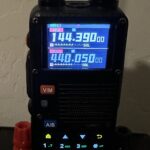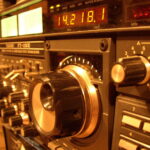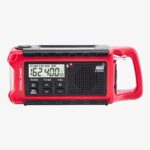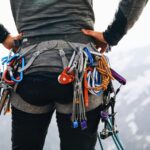Planning is a very important aspect of survival. Whenever I go out to a solo adventure, I have an adventure plan, a contingency plan, and an emergency/survival plan. I conduct a walk through of the plans I create. Plans will be very situational and personal. Think of something you do for fun. For me, it could be scuba diving. When I am planning a dive, I make a simple plan of what my buddy and my goal is. It could be as follows:
Dive 1 (Wreck diving)
Dive Plan
- Route including heading, distance, time to get to the destination, hang/photo time, and when to return (usually when a third of the tank of air is depleted in either my tank or my buddy’s tank)
- Signal sync (we both understand and use the same hand signals)
- Check air
- Check gear
- Buddy check (BWRAF)
- BCD
- Weights
- Releases
- Air
- Final check
- Safety Stop, if required
- Post dive analysis of pressure group and required surface interval if doing multiple dives
- Contingencies
- Gear issue – remediate issue (i.e. regulator failure on a buddy) and head back
- Air consumption faster than expected – turn around and head back
- Emergency
- Injury – quickly try to stop bleeding or whatever the issue is, turn around and head back – may require buddy towing
This short plan can allow my buddy and I to dive safely. We know what we are doing, we know what to do if something fails or someone gets injured, and we know our limits and when to return.
As simple as this sounds, you need to be properly trained to be able to deal with gear issues or injuries. That is why PADI provides certification classes to ensure your safety through written and practical exams after a lot of reading, discussions, and practical training.
That said, adventuring, exploring, and survival also needs a plan. If there are multiple people involved in the plan, everyone must know the plan, test the plan, and follow the plan. You may be asking, how do I test the plan when one of the plan actions is under emergency and it’s a leg bone break? Practice putting a splint on the leg to make sure that you can do this quickly and get back to where you need to seek immediate help.
Here is a very abbreviated plan for an emergency situation:
- Communication method
- Grab necessary gear and bag(s)
- Travel to designated safe location
- Create sitrep
- Actions completed
- Actions required
- Prepare for the Rule of 3s
- Situational next steps
The short list above should make you think of a variety of things:
- Have all family members been accounted for via communication?
- Is anyone injured or in need of medical help?
- If so, can I get medical help or do I need to remediate the issue?
- Do I have all the gear necessary to survive?
- Do I have everything I need to survive?
- Is everyone at the safe location?
- Is the sitrep complete to take the remainder of necessary actions?
- What are my situational next steps?
There is no need to write a book for a plan. If you can fit it on a laminated single sheet, that is great. Don’t put it in your cell phone. Create a plan today. You should have a solo plan, a family plan (if required), and a community plan (if required.)
What should be on your plan?
- Communication method and contact information
- Accounting for people and pets
- Injuries
- Gear/bag in possession
- Food/Water and any required prescriptions
- Designated safe location
- Separate sitrep sheet to complete after you get to the destination
- List of action items completed and requires timely completion
- List of issues
- Escalation Actions and Decisions
Remember, some of those categories are contingency plans (i.e. my son is at his friend’s house), emergency plans (my son is injured at his friend’s house), so keep those on a separate section but take action immediately so you or everyone can get to the safe location and work on the sitrep to complete additional required tasks.
Coming soon will be a working template for the solo and family plan on my Patreon page.





